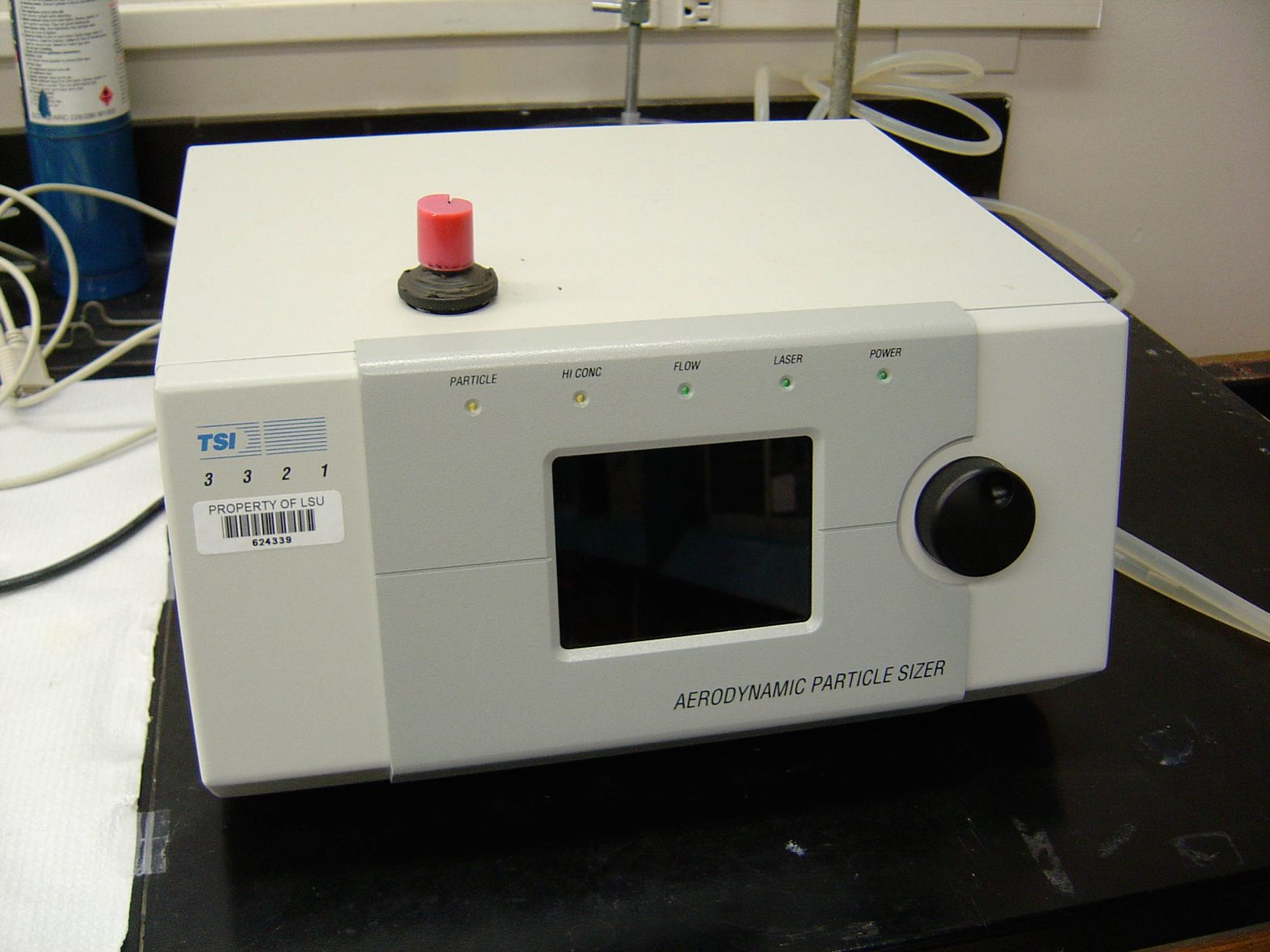S.N. Jackson, S. Mishra, K.K. Murray, Characterization of Coarse Particles Formed by Laser Ablation of MALDI Matrixes, J. Phys. Chem. B.107 (2003) 13106–13110. doi:10.1021/jp030600v.
Abstract
The quantity and size distribution of micrometer-sized particles ejected from thin crystalline films of organic molecules was measured with light scattering particle sizing. Four compounds that are commonly used as matrix materials in matrix-assisted laser desorption ionization (MALDI) were studied: 2,5-dihydroxybenzoic acid (DHB), sinapic acid, 4-nitroaniline, and 2-(4-hydroxyphenylazo)benzoic acid (HABA). Thin films of these matrixes were irradiated at atmospheric pressure with a 4 ns pulsed 337 nm nitrogen laser. Particulate resulting from the ablation was sampled directly into a particle sizing instrument. The mean aerodynamic diameter of the coarse particles formed at a laser fluence of 500 J/m2 was approximately 700 nm for all matrixes. This value does not include particles below 500 nm, which are not accurately measured by the particle sizing instrument. The threshold for detection of particles from the DHB matrix was found to be 300 J/m2 and it was estimated that an average of 1000 particles in the micrometer size range are ejected per laser shot. The fluence threshold and quantity of material ablated are similar to that observed for MALDI ion formation, suggesting that the role of large particle formation in this process is significant.


